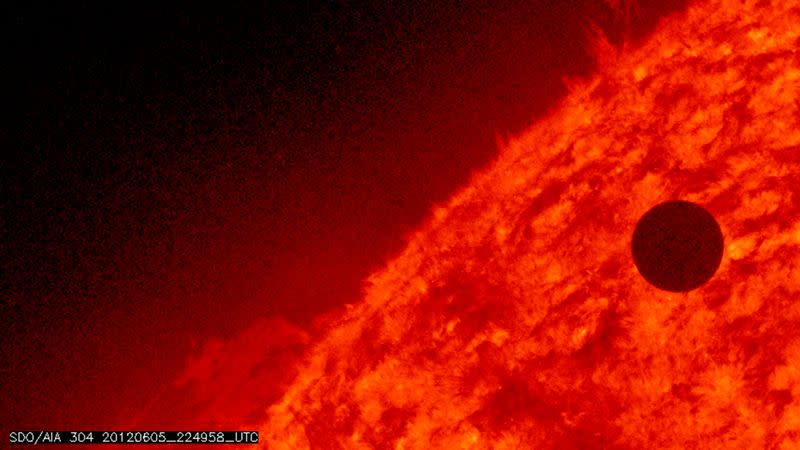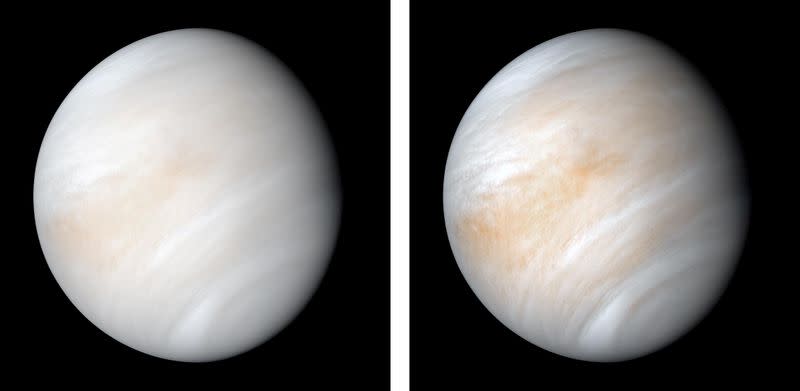How long is the solar system's longest day? Venus has the answer
By Will Dunham
WASHINGTON (Reuters) - Data obtained by bouncing radio waves off Venus - treating it, as one scientist said, like a giant disco ball - is providing new insight into Earth's closest planetary neighbor, including a precise calculation of the duration of a Venusian day.
The study also measured the tilt of the Venusian axis and size of the planet's core, allowing for a deeper understanding of an enigmatic world sometimes called Earth's 'evil twin.'
It was already known that Venus has the longest day - the time the planet takes for a single rotation on its axis - of any planet in our solar system, though there were discrepancies among previous estimates.
The study found that a single Venusian rotation takes 243.0226 Earth days. That means a day lasts longer than a year on Venus, which makes a complete orbit around the sun in 225 Earth days.
The researchers transmitted radio waves toward Venus 21 times from 2006 to 2020 from NASA's Goldstone Antenna in the Mojave Desert of California and studied the radio echo, which provided information on certain planetary traits, at Goldstone and at the Green Bank Observatory in West Virginia.
"Each individual measurement was obtained by treating Venus as a giant disco ball. We illuminated Venus with a giant flashlight, the radar at Goldstone, and observed the reflections as they swept over the surface of the Earth," said UCLA planetary astronomy professor Jean-Luc Margot, who led the study published in the journal Nature Astronomy.
"Venus is an amazing laboratory for understanding planet formation and evolution, and it's a stone's throw away. There are likely billions of Venus-like planets in the galaxy," Margot added.

 Yahoo Autos
Yahoo Autos 


